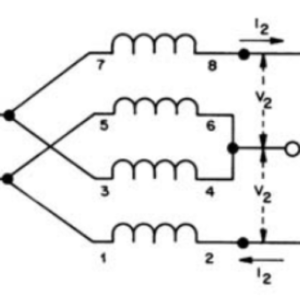
I’m an amplifier enthusiast and have built hundreds audio and RF amplifiers. I have a BSEE in Analog Design which is a near perfect fit for amplifier design.
In the last four to five years, I’ve been building only RF amplifiers. I got completely sucked in by the challenges and the desire to not accept the 50+ year old norms that govern RF amplifier design.
There are some similarities between AF and RF amplifiers. Topologies (A, AB, etc.), bias schemes, feedback techniques (limited), IMD and harmonic distortion considerations, etc.
However, the two diverge quite a bit in most areas. In fact, the differences are so large that a top notch AF amplifier designer would be near clueless in RF amplifier design! Other than the ability to understand most of the terms and the ability to learn, they would be starting at pretty close to zero.
At audio frequencies, the transistors are much faster than the signals involved, and they are available in complimentary pairs. Also, the wavelengths involved are extremely long. This allows you to easily avoid phase shifts and manage impedances. You can also do nice things like full differential negative feedback loops.
With these design advantages, an AF amplifier designer can easily design truly linear amplifiers and reduce distortion levels to near non-existent ranges with even simple topologies, like class AB.
AF linear amplifiers with THD levels of .0001% are darn near trivial at this point.
In RF, all this is flat out impossible as you run into lots of issues such as:
- extremely low impedance levels, so low that very short traces on a PCB can represent more inductive reactance than the impedance of the signal path
- differential negative feedback is not an option due to phase shifts
- complimentary devices (n-mos, p-mos for example) do not exist at high power RF levels
- things like stray inductance and leakage inductance prevent standard transformer topologies from being effective for broadband RF. So you move to TLTs and then you get a whole new set of challenges.
- high power RF devices, like LDMOS, are not very linear due to non linear capacitive effects and therefore are extreme harmonic generators
In high power RF amplifier design, everything affects everything else. A slight tweak of the front end of the amplifier might raise the 3rd harmonic output by 10dB!
So this is the challenge. Try to make a true LINEAR high power RF amplifier.
Rob

